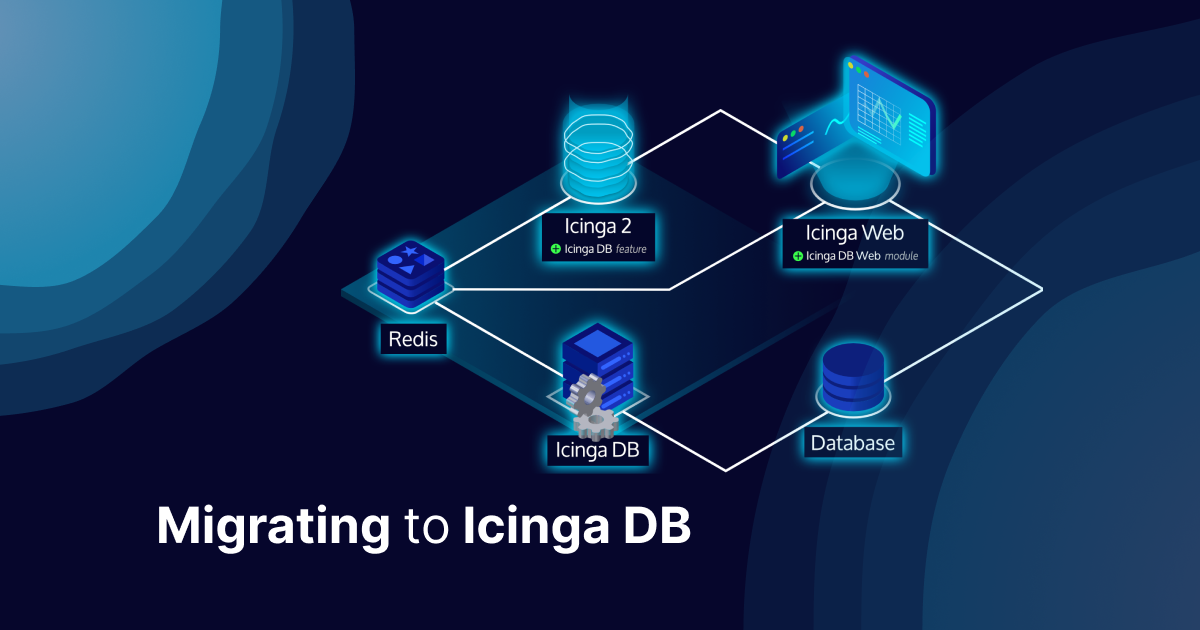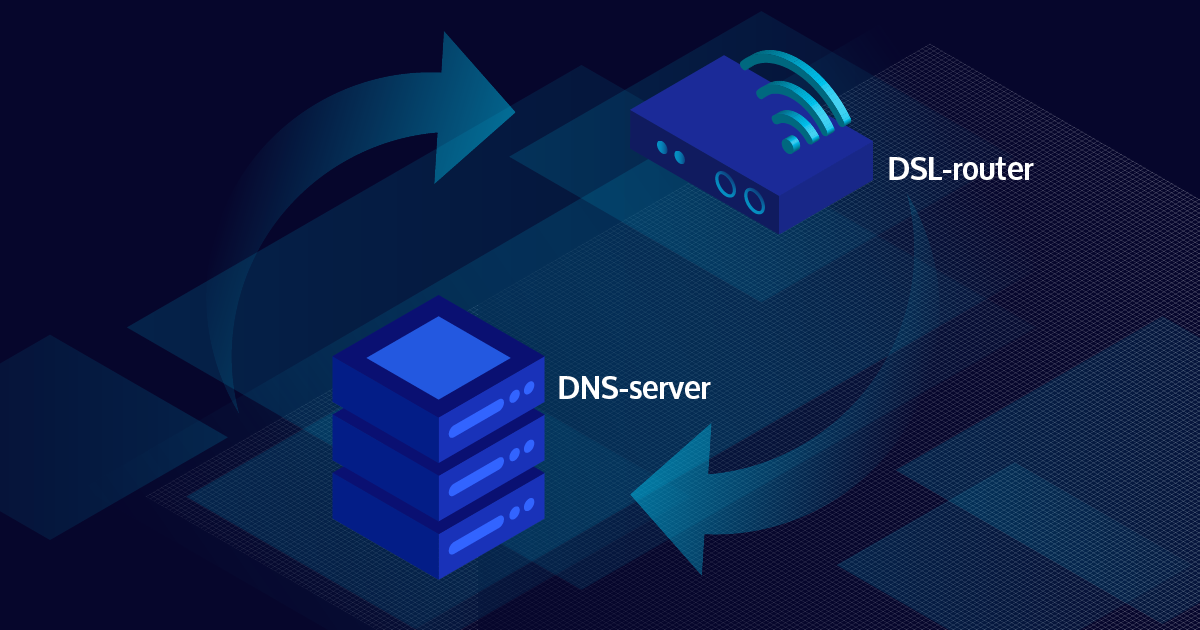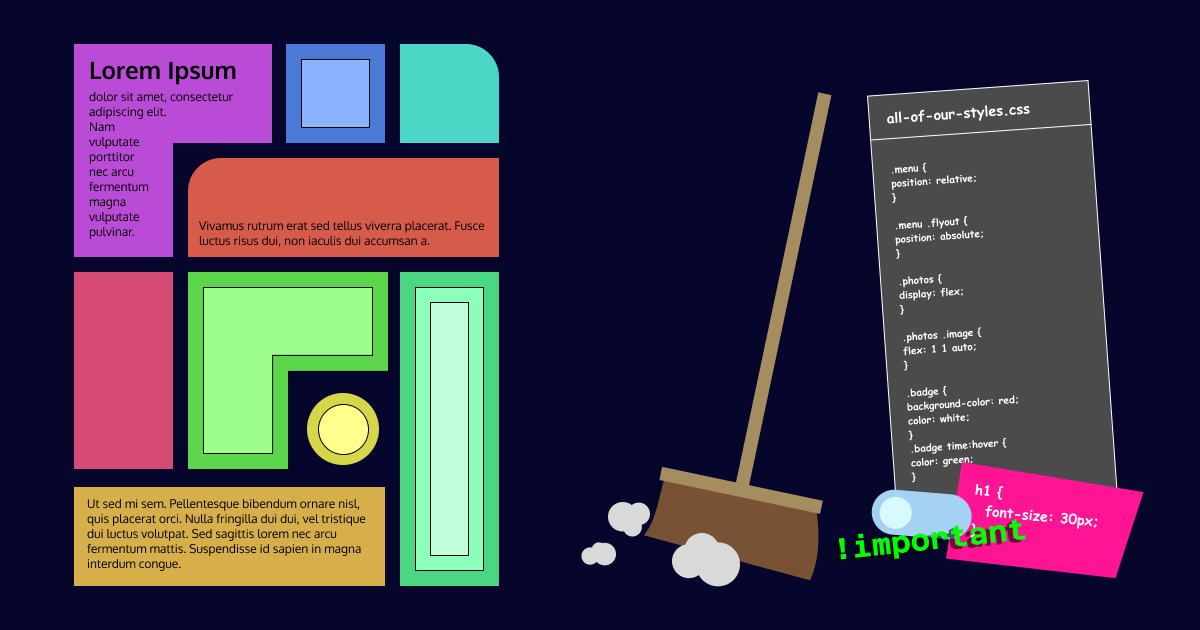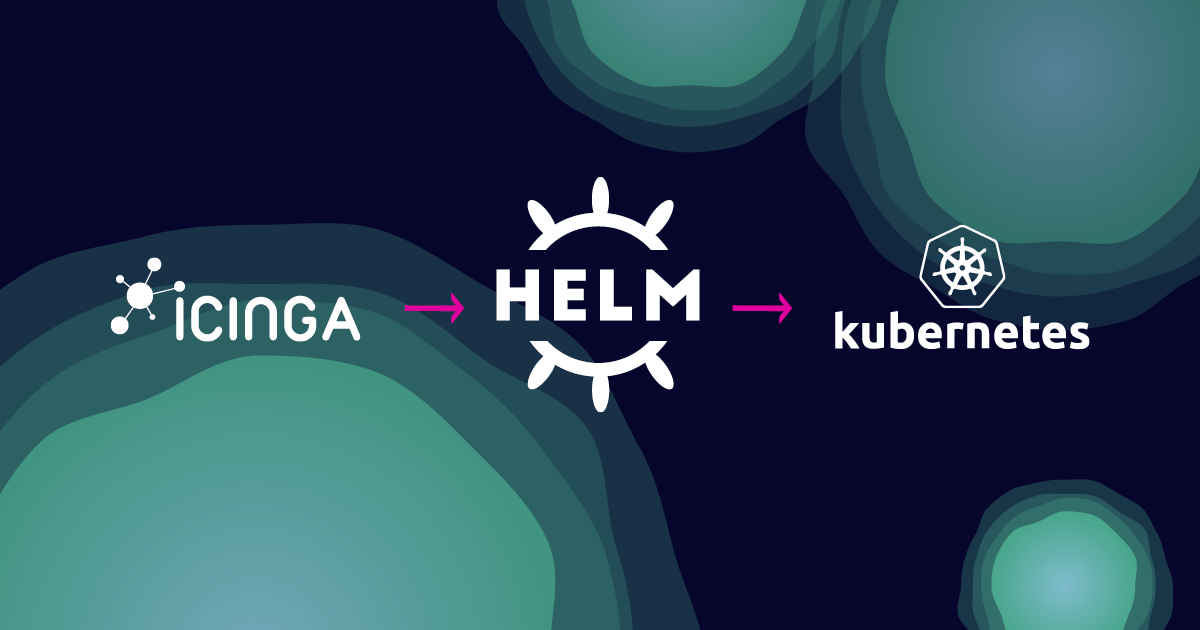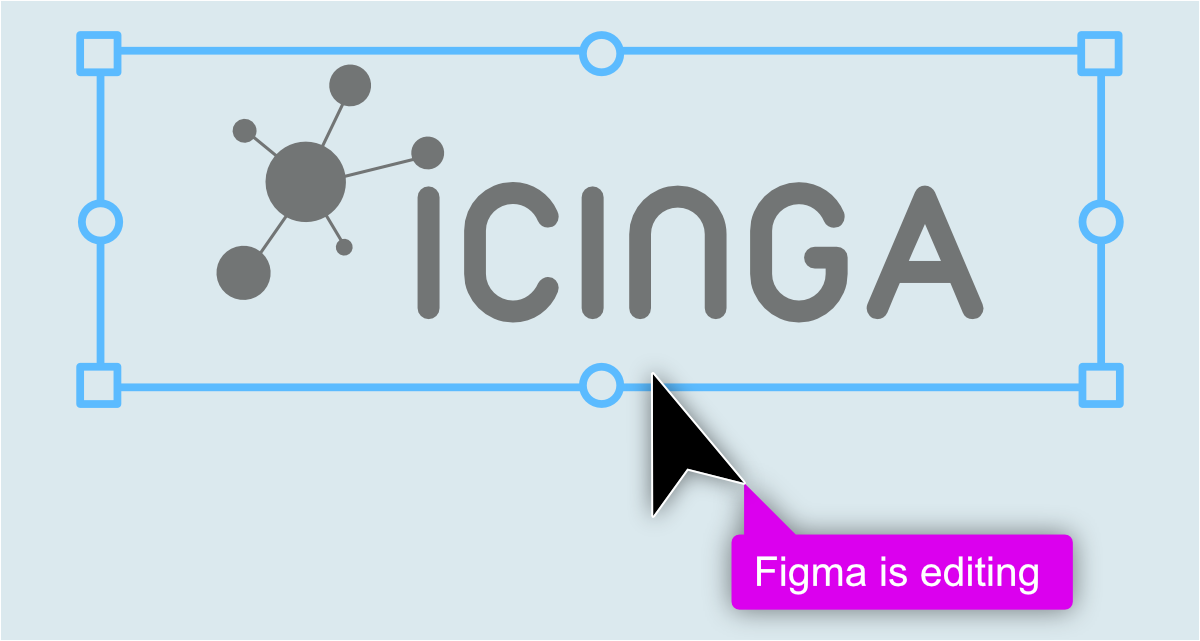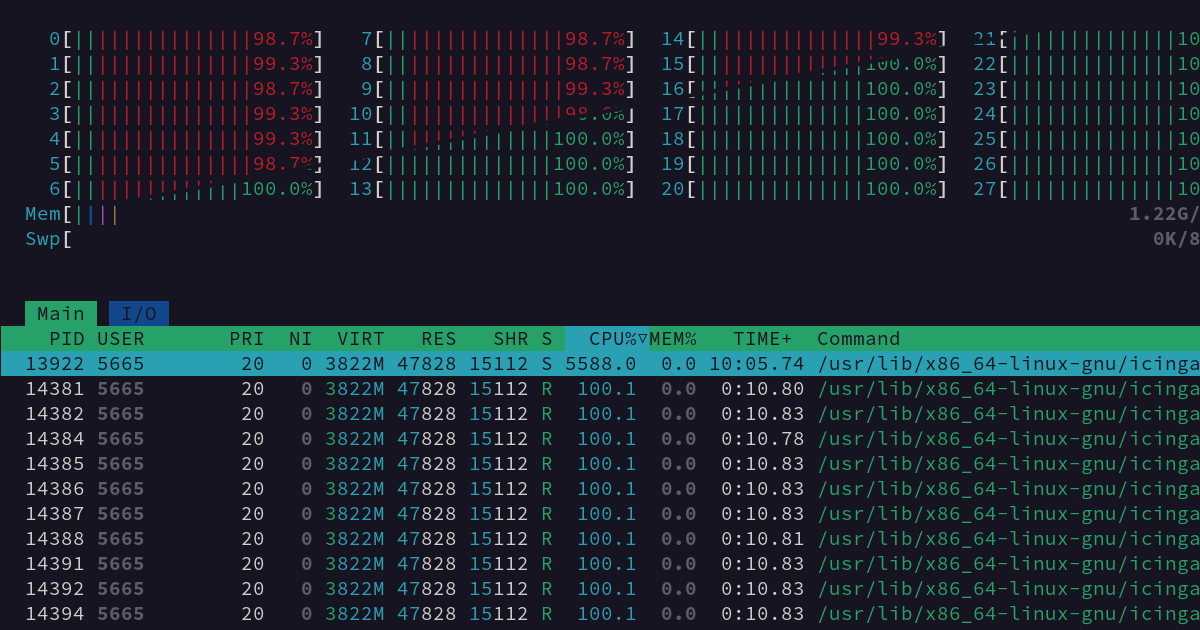Today, we are going to take a look at the Icinga 2 API and the various ways targets can be specified for different actions, such as querying information or scheduling downtimes. This post focuses on...
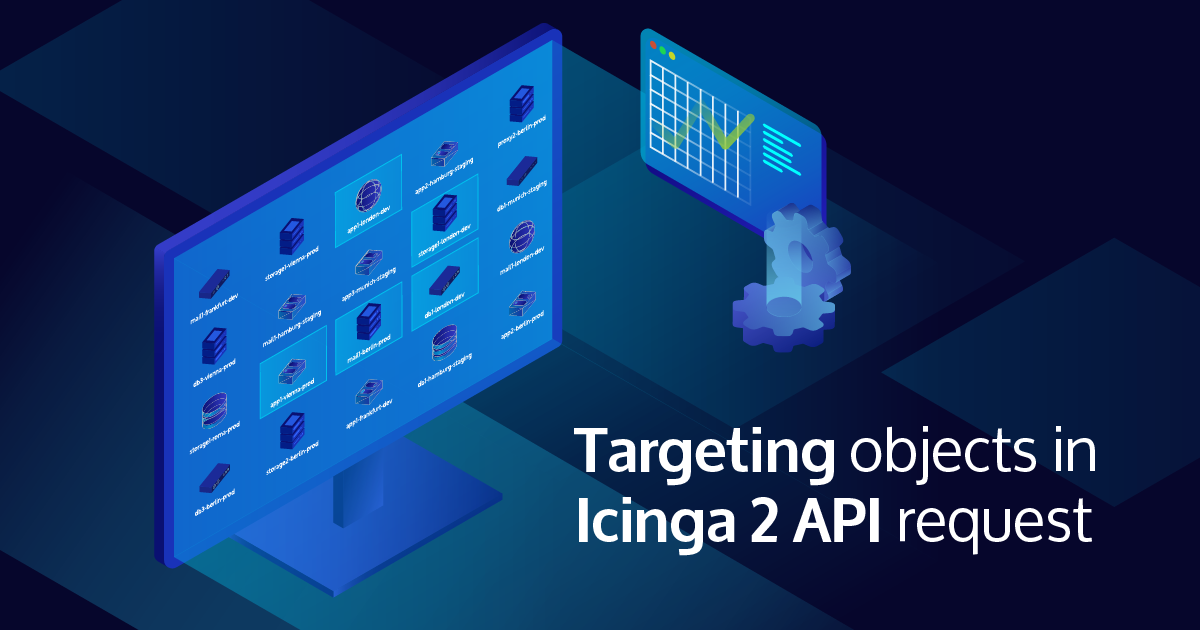
Targeting hosts and services in Icinga 2 API requests
Today, we are going to take a look at the Icinga 2 API and the various ways targets can be specified for different actions, such as querying information or scheduling downtimes. This post focuses on...
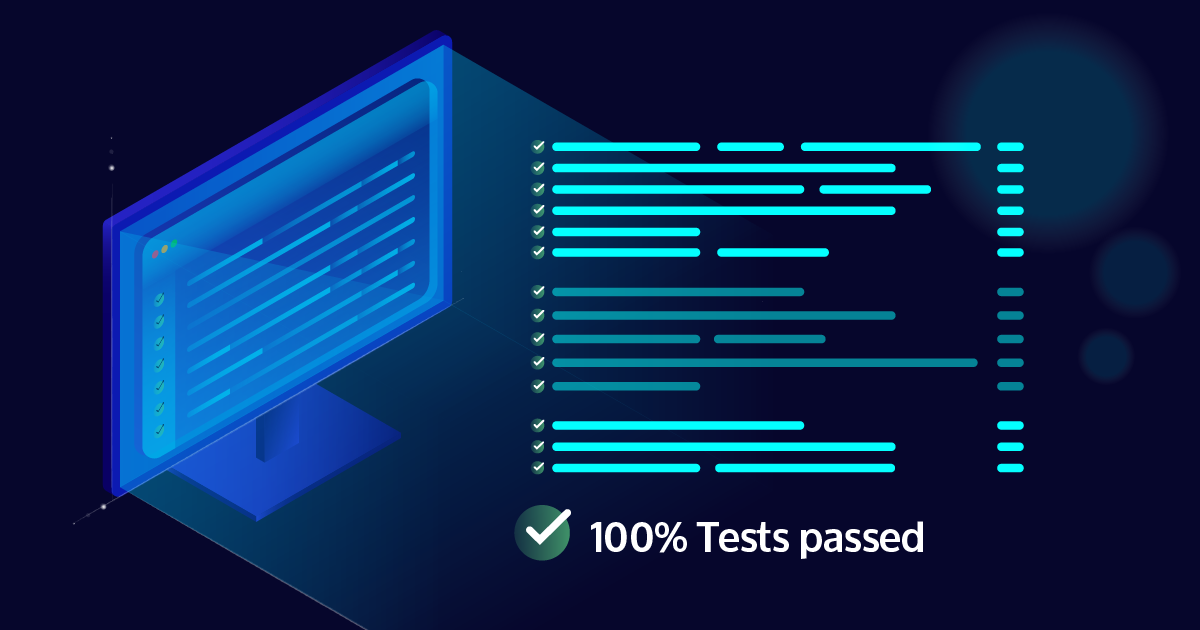
Extending Unit-Testing on Icinga2
Unit-Testing is important Obviously nobody is disagreeing with this. It's just that during ongoing development and while focusing on features and bug-fixes, testing often falls behind in priority, especially when developers would need to write tests for existing or...

Icinga DB Web Automation
Icinga DB Web Automation allows you to automate monitoring tasks and integrate them directly into your systems and workflows. It is possible to issue command actions without a browser. To do so, a form needs to be submitted by a tool such as cUrl. Every request you...
Migrating to Icinga DB
Although Icinga DB has been around for some time and many customers and users are already using it, there may still be some who are wondering how to upgrade/migrate to Icinga DB. This post will briefly explain the components of the Icinga DB and how to install them in...
Mapping Hostnames to Locations with Icinga Director – A Step-by-Step Guide
Recently I came across the Maps module build and maintained by our community. The module displays host objects and annotations on openstreetmap using the JavaScript library leaflet.js. The module reads the coordinates for each host from custom variables and is able to...
How to resolve circular dependency in Icinga2
We recently announced the general availability of Icinga 2.14, which most of you might have noticed, and with that in mind, I'd like to show you how you can easily troubleshoot and eliminate some of the dependencies headaches known as the dependency cycle. What does...
CSS doesn’t need to be ugly
Ever looked at some CSS and your first instinct was to close the editor and never look at it again? I did. Though, I don't have the luxury to close the editor in such a case, as is probably often the case for others as well. Code grows with time and so do bad...
Icinga Kubernetes Helm Charts
Daniel Bodky and Markus Opolka from our partner NETWAYS developed the very first Icinga Kubernetes Helm Charts and released it in an alpha version. If you have ever wanted to deploy an entire Icinga stack in your Kubernetes cluster, now is your chance. I also want to...
IPL: How to use ipl-validator
In my last blogpost I explained how our ipl-html lib works and how to use it. With the help of ipl-html it is possible to add forms. Usually we want to validate the data of the form before submitting it and display messages if the validation fails. For this purpose,...
Leveraging component variants in Figma for UI Design
Being a Sketch user since it's early days, I found Figma looked really promising, when it finally appeared. While Sketch caught up on most of Figma's features, like collaboration, developer handoff and AutoLayout (at least to some degree), the small feature set...
The Tale of a Single Lock in Icinga 2
To speed up startup and reload times of Icinga 2, we have already put a lot of effort into improving the configuration load performance and still continue to do so for the next major release. In this blog post, I will share the story of one particular issue we found,...
IPL: How to use ipl-html
In my previous blogpost I briefly explained the IPL and the tasks that these individual libs can perform. Today I want to explain how our ipl-html lib works and how to use it. This library helps you write HTML in a very simple and safe way. You don't need text...

Subscribe to our Newsletter
A monthly digest of the latest Icinga news, releases, articles and community topics.


